Bengawan Solo is the longest river on the island of Java. The Bengawan Solo River stretches for about 548.53 Km and passes through almost 20 cities and regencies in Central and East Java.


Environmental degradation occurs from upstream to downstream of Bengawan Solo river. One of the things that makes the quality of the Bengawan Solo river decrease is waste pollution. The waste is both domestic waste originating from household activities and also industrial waste, both small and large scale.
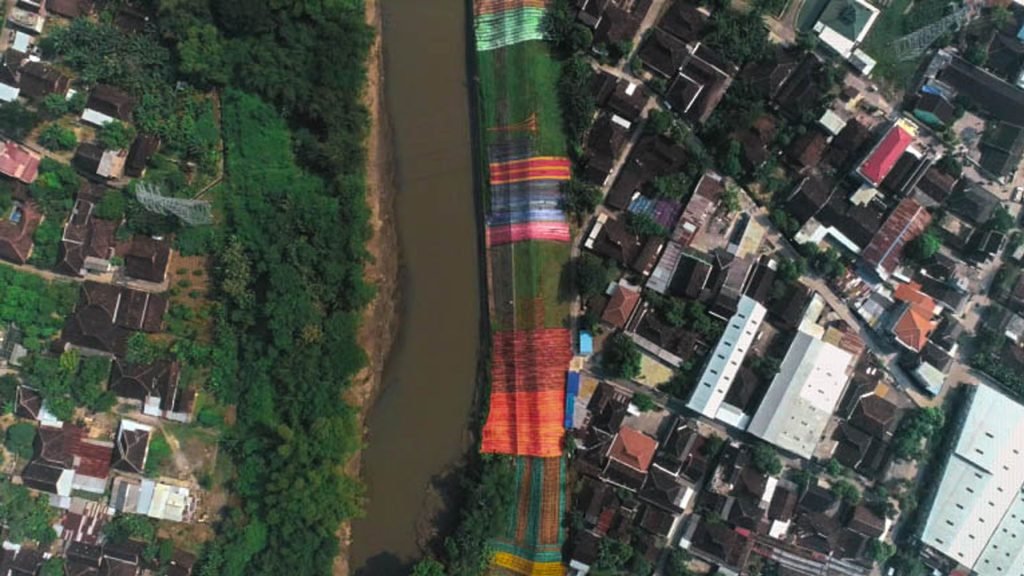
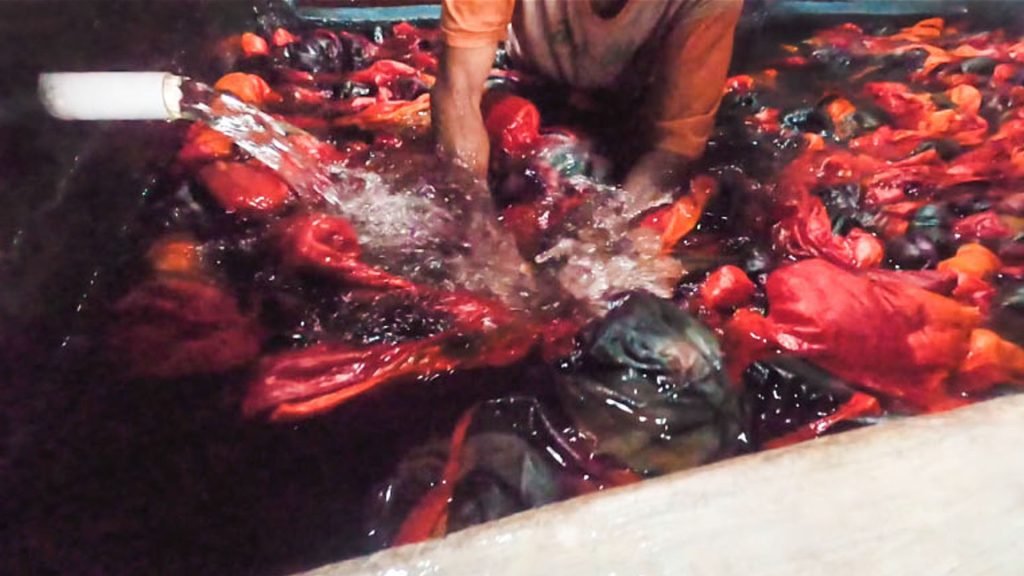
One of the locations of Bengawan Solo river pollution is the textile industry in Laban Village, Mojolaban sub-district, Sukoharjo Regency. The textile industry in Laban village is communal or in groups, so that the areas are close to each other and have one waste disposal channel.
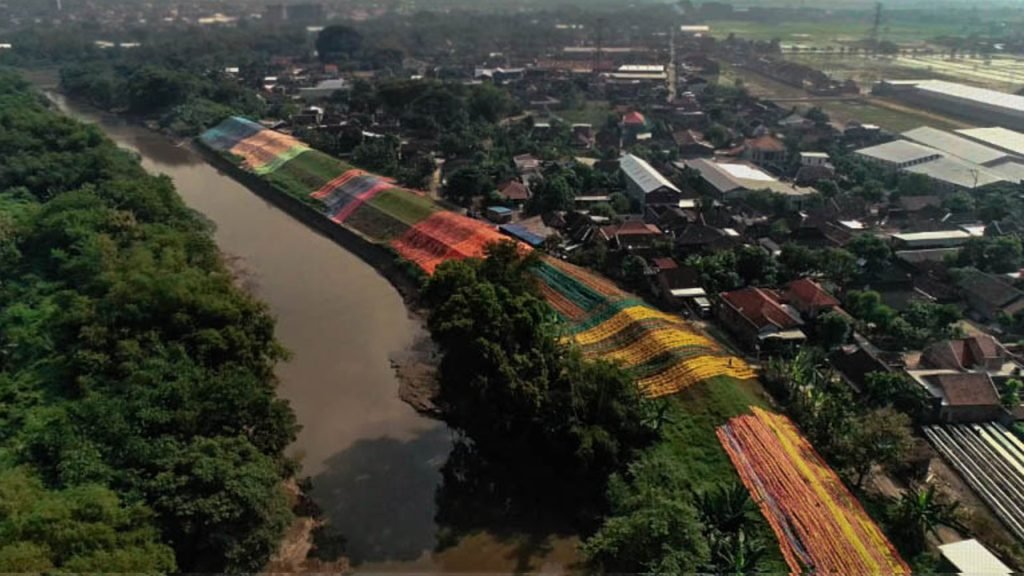
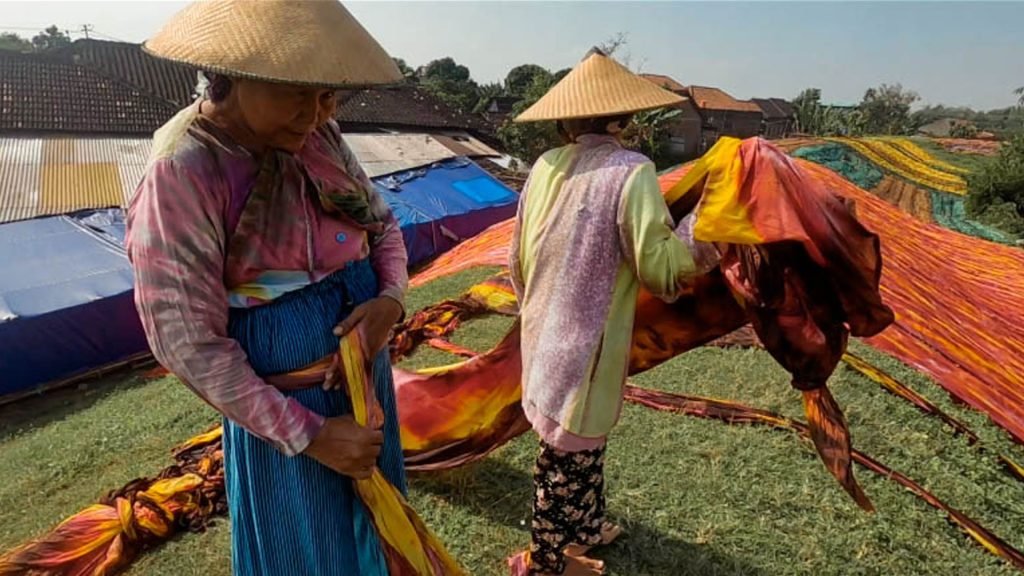
Textile industry activities in Laban Village, Mojolaban District are dyeing fabrics to become jumput fabrics or beach fabrics. The manufacturing process itself begins with cutting cloth, coloring, screen printing, washing, then finally drying which is usually drying on the embankment on the banks of the Bengawan Solo river.
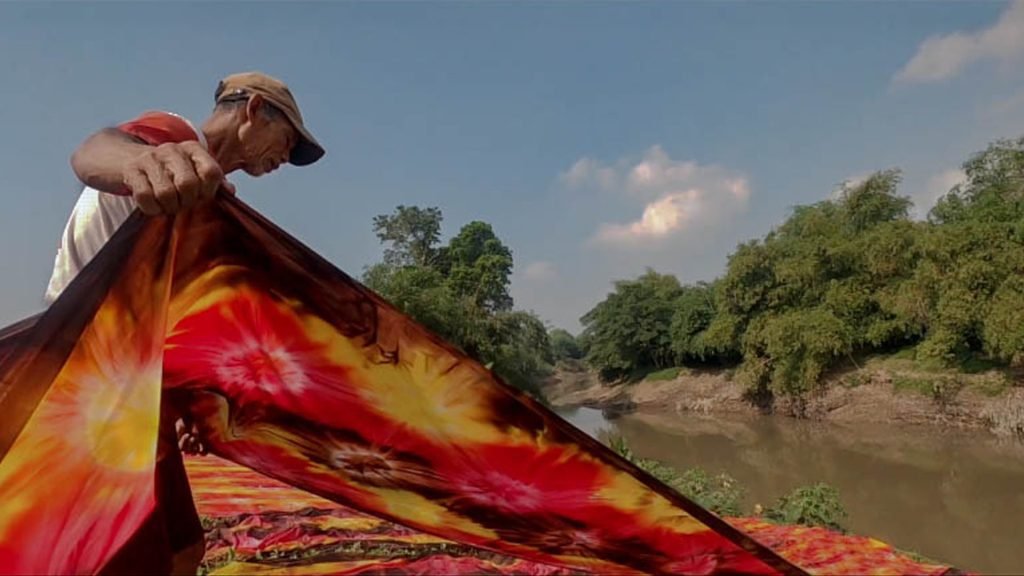
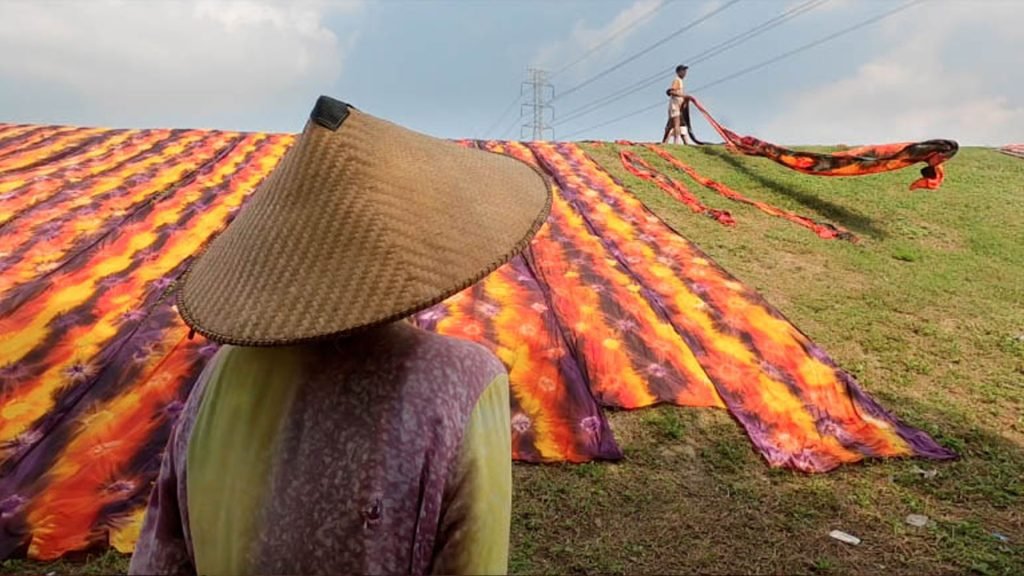
Small industries in Laban Village are able to produce 60 beach cloths along 27 meters per day. During the washing process, it will produce liquid waste. Unfortunately the government does not facilitate this smallholder industry by providing waste treatment facilities, so that liquid waste is directly discharged into the Bengawan Solo river. Whereas the textile industry in Laban Village is 13 with an average turnover of Rp.600,000,000/year.

